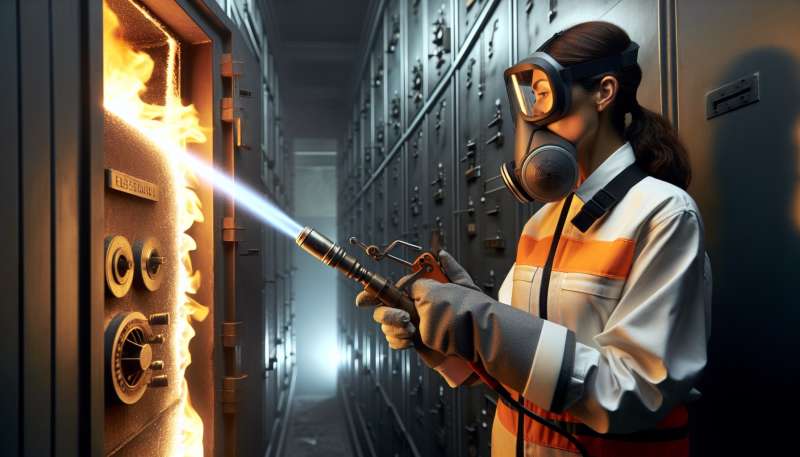
Understanding Safe Security
Before attempting to open a safe, it's critical to understand its security features. Safes can have combinations, keys, time locks, or biometric scanners. They resist drilling, cutting, and force.
Legal Considerations
Attempting to break into a safe without authorization is illegal. Always ensure you have the right to access the safe. This presentation is for informational purposes only.
Lock Manipulation Basics
Lock manipulation is an art. It requires sensitive touch and hearing to identify the correct alignment of the safe's internal components without damaging its mechanism.
Drilling: A Delicate Task
Professional safecrackers may drill a safe when necessary. They use specific drill points, often informed by detailed schematics, to bypass the lock without ruining the safe's contents.
Electronic Safe Flaws
Some electronic safes can be vulnerable to electromagnetic pulses (EMPs) or power surges that disrupt their locking mechanisms, though modern safes are increasingly EMP-resistant.
Thermal Lance Technique
A thermal lance can melt through almost anything, including safe walls. It requires precision to avoid damaging valuables inside. It's rarely used due to its destructive nature.
Autodialers and Robotics
Autodialers and robotic devices can automatically dial through thousands of possible combinations. However, many modern safes have lockout mechanisms to defend against such devices.
What do safes resist?
Lock picking, bumping, and shimming
Rust, corrosion, and water damage
Drilling, cutting, and force
Company